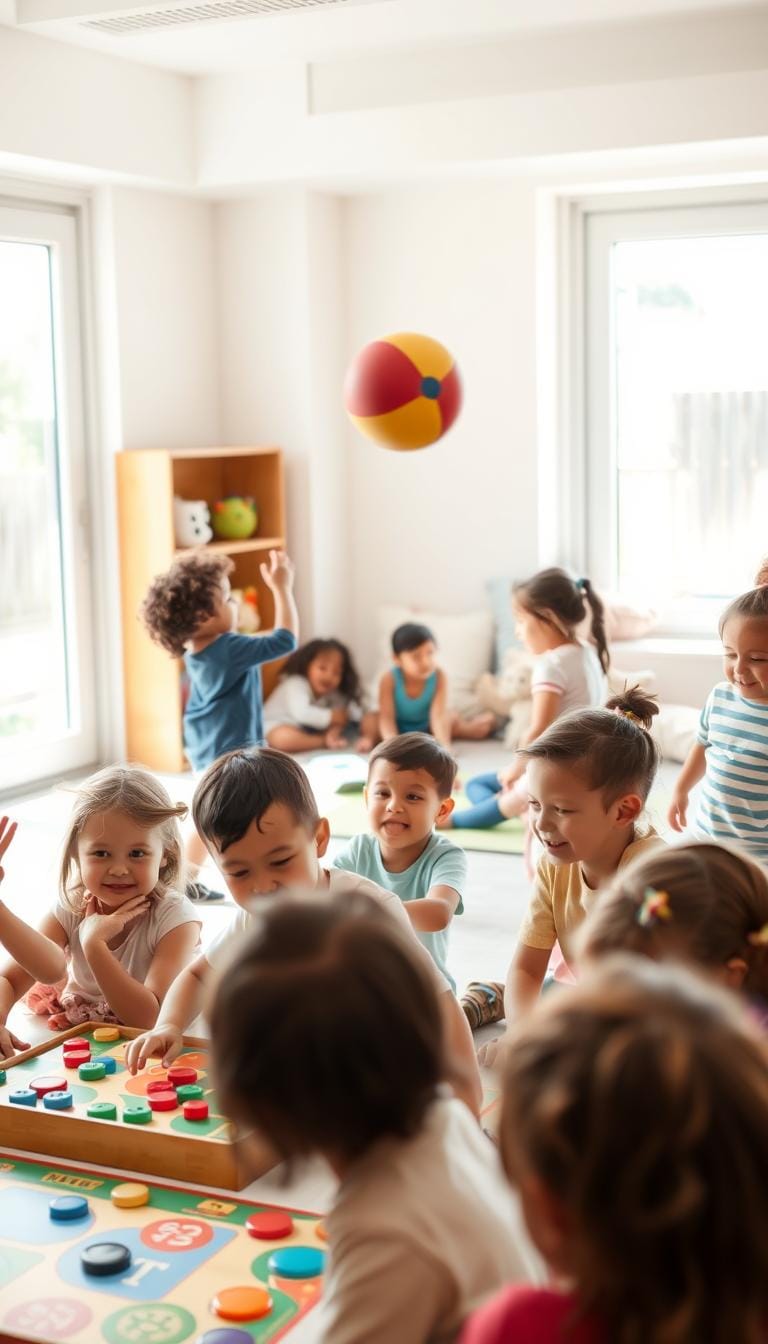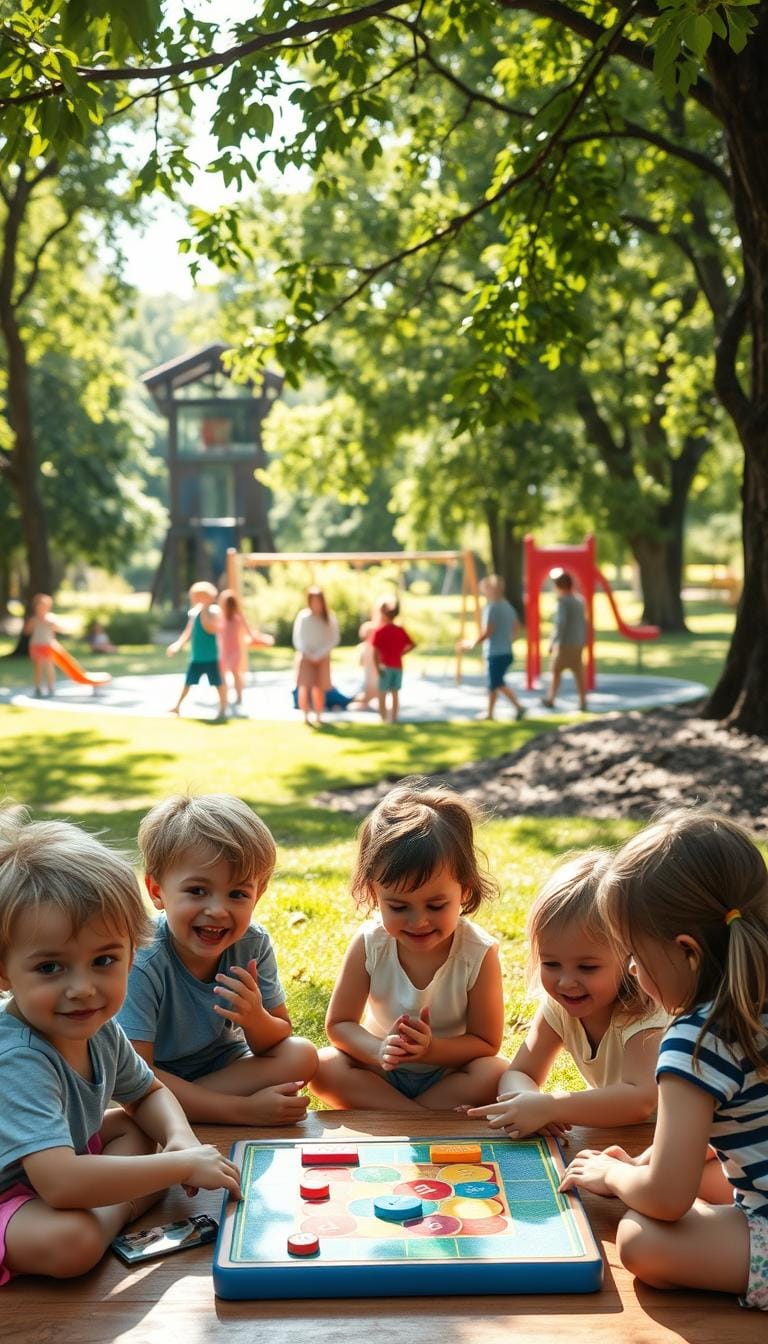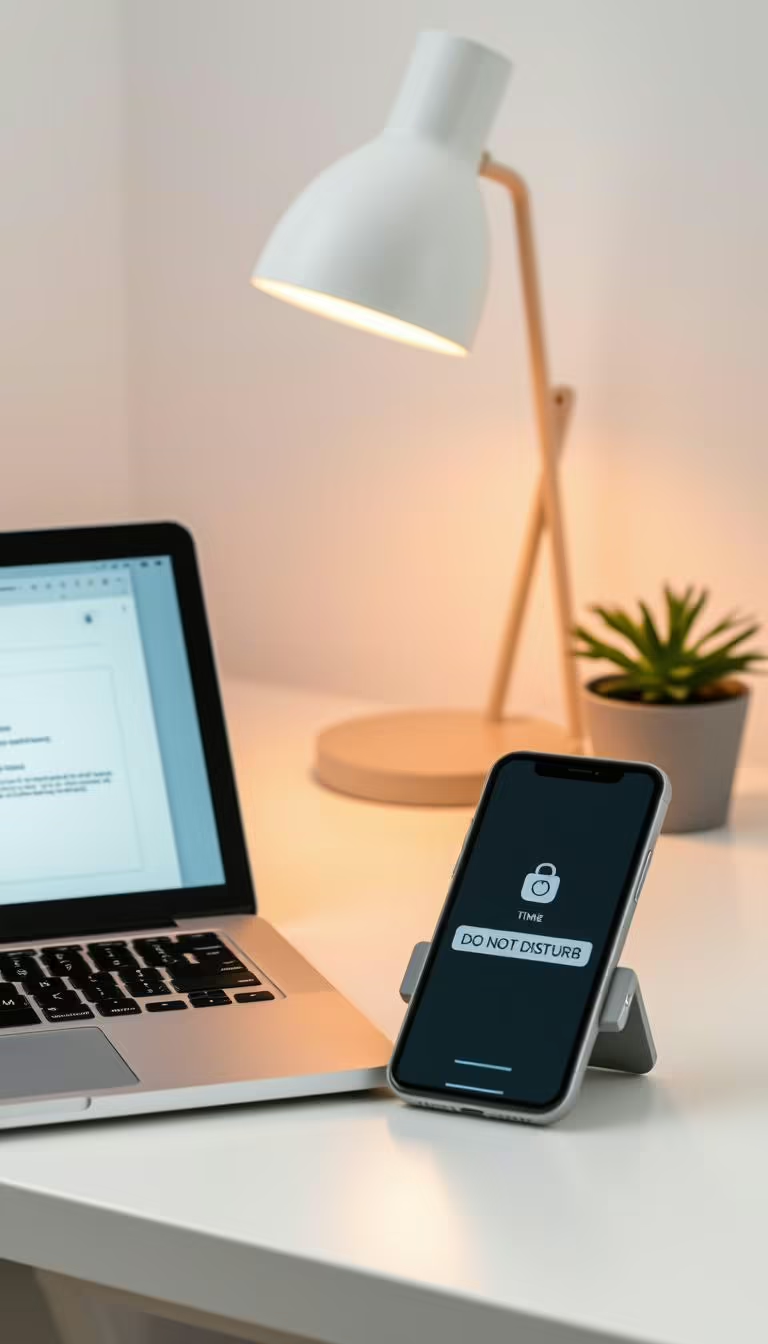Impulse Control Activities for Preschoolers: 5 Fun Games
Table of Contents
As a parent or caregiver, you know preschoolers are full of energy and curiosity. Teaching self-control doesn’t have to feel like a challenge. These impulse control activities for preschoolers blend learning with play, making it easier for little ones to master patience and focus.
I’ve seen firsthand how simple games like Freeze Dance or Red Light, Green Light turn “waiting” into a thrilling adventure.

Through these activities, children practice pausing, following rules, and managing impulses—all while having fun. This article shares five games that work because they’re designed around how young brains learn best. You’ll discover strategies to help kids thrive now and build skills that last.
Let’s dive into the playful side of raising resilient, self-aware learners!
Benefits of Impulse Control Activities for Preschoolers
Impulse control activities are not just fun. They are essential for preschoolers’ growth. These activities help children manage their emotions and interact well with others. They lead to lasting positive changes.

Emotional and Behavioral Gains
Children who practice impulse control learn to:
- Recognize and name their emotions
- Reduce tantrums and outbursts
- Share and take turns with peers
Long-term Impact on Self-Regulation
Skills built today set the stage for future success. Key outcomes include:
- Stronger focus in classroom settings
- Ability to delay gratification in challenging situations
- Improved problem-solving in social conflicts
| Benefit Area | Short-Term Effects | Long-Term Impact |
|---|---|---|
| Emotional Skills | Less frustration during play | Higher emotional resilience |
| Social Development | Improved group play | Stronger peer relationships |
| Academic Prep | Staying on task during activities | Enhanced classroom participation |
These skills don’t just fade away. They shape how kids face challenges now and later. Even small activities like waiting turns or calming down after a setback teach lifelong lessons.
Understanding Self-Regulation Skills for Kids
Self-regulation skills for kids are like building blocks for emotional and social growth. They help children pause, think, and respond calmly—even when things get tricky. As kids grow, these abilities shape how they handle frustration, share toys, or wait their turn. Let’s break down how these skills develop and why play is their superpower.

Key Milestones in Early Childhood
Every age brings new steps in mastering self-control. Here’s what to watch for:
| Age | Skills Emerging |
|---|---|
| 2–3 years | Following simple rules (e.g., “Hold my hand”) |
| 3–4 years | Sharing toys briefly, using words to express wants |
| 4–5 years | Waiting patiently, solving small conflicts |
The Role of Play in Self-Regulation
Play isn’t just fun—it’s a lab for learning. Here’s how it helps:
- Imaginary play boosts problem-solving (“Let’s pretend I’m the teacher!”).
- Turn-taking games teach patience (e.g., board games).
- Outdoor play encourages following safety rules (e.g., “Stop when I blow the whistle”).
Through play, kids practice pausing and choosing actions, turning self-regulation skills for kids into habits.
Fun and Effective Games for Impulse Control
As a parent or educator, I’ve found that impulse control games for preschoolers make learning fun. These games turn challenges into adventures. They help kids practice patience and focus without feeling like work.
Interactive Play Ideas
Simple games spark big growth. Here’s how to start:
- Stop & Go Freeze Dance: Play music and pause it randomly. Kids must freeze instantly—no moving until the music restarts.
- Color Hunt: Ask children to find objects of a specific color before they can proceed. This teaches waiting and focused searching.
Engaging Group Activities
Group settings build social skills too. Try these:
- Pass the Ball Relay: In a circle, kids pass a ball while music plays. When it stops, the one holding it does a silly action. This requires attention and quick reactions.
- Sharing Snack Time: Let kids take turns choosing a treat, practicing waiting and listening to peers.
These games work best with positive feedback. Celebrate small wins, like staying calm during transitions. Over time, kids learn to pause before acting—skills that stick long after the game ends.
Simple Techniques for Teaching Impulse Control to Young Children
Teaching young children to control their impulses starts with simple, everyday actions. Caregivers can show calm and set clear rules. These small steps help children manage their emotions for life.
Modeling Positive Behavior
Children learn by watching adults. Here are ways to show them self-control:
| Technique | Example |
|---|---|
| Pause before reacting | “Let me take a breath before answering.” |
| Show problem-solving | “I’m frustrated, but I’ll walk away to calm down.” |
Consistent Discipline Strategies
Make rules clear and consistent with these steps:
- Use short, clear rules: “We wait our turn before speaking.”
- Pair consequences with calm explanations: “Toys go away for 2 minutes when thrown.”
- Reinforce progress: “You waited quietly—great job!”
Every day, small actions teach big lessons. Being consistent helps children understand and follow rules.
Toddler Self-Control Strategies That Parents Use
Simple daily routines are key to teaching toddlers self-control. The “Wait a Minute” game is a favorite among parents. When a child wants a snack, parents say, “Let’s count to five first.” This pause helps toddlers learn patience.
Visual cues are also effective. A parent might use a timer, saying, “We wait until the red line disappears.” The countdown makes waiting easier to understand.
- Offer choices to reduce frustration: “Do you want to put on your shoes first or your jacket?”
- Incorporate movement breaks during transitions to redirect energy.
- Use storytelling—act out scenarios where characters wait or share.
Consistency is important. Parents should praise toddlers when they wait quietly. Saying, “I noticed you waited quietly! That’s awesome patience!” encourages good behavior. These strategies are most effective during daily activities like mealtime or cleaning up toys.
When kids find it hard, remember to focus on their progress. Small, consistent efforts help build better self-control over time.
Preschooler Behavior Management: Practical Advice
Managing a preschooler’s behavior can feel overwhelming. But, practical strategies can make a big difference. Consistent routines and positive reinforcement are key. Let’s look at two methods that turn daily life into teachable moments.
Structured routines give a sense of security. Positive reinforcement encourages good actions. Here’s how to use them well:
Creating Structured Routines
Preschoolers love knowing what to expect. Start with clear daily schedules. Morning routines might include dressing, breakfast, and packing a backpack. Use pictures to show steps.
Involve kids in making these schedules. It makes them more likely to follow. Even on weekends, keep to basic routines for stability.
Positive Reinforcement Methods
Praise and rewards help good behavior grow. Specific feedback like, “I love how you shared your toys!” is better than general praise. Try these:
- Sticker charts for tracking small wins.
- Offer choices to foster independence, like picking between two snacks.
- Immediate praise within seconds of desired behavior.
Use these strategies with the games mentioned earlier. Managing preschooler behavior isn’t about control. It’s about guiding them with love and structure. Small, consistent steps lead to big changes over time.
Impulse Control Activities for Preschoolers: Everyday Games for Success
Teaching impulse control doesn’t need special tools or extra time. Everyday moments can be learning chances if we think creatively. Here’s how to make these skills part of our daily lives:
Mindfulness Play
Begin with mindful breathing exercises. Ask kids to “blow out birthday candles” slowly or “pretend to smell flowers.” Sensory bins with rice or beans help them focus on textures while staying calm. These games help build patience and attention without feeling like a chore.
Role-Playing Scenarios
Set up pretend scenarios like a grocery store or classroom. Have them practice waiting in line, taking turns, or using kind words. For example, “You’re the teacher—explain rules to your stuffed animals.” This helps them understand social rules and control themselves in a safe way.
Adapting Games to Daily Routines
Make transitions into games. A “race to clean up” with a timer encourages quick, focused actions. Sing a song before snack time to practice waiting for the last note. Even brushing teeth can be a game: “Brush each tooth like it’s a superhero mission!”
Being consistent is key. Do these activities often so kids see them as part of their routine. Small, playful changes can make a big difference over time.
Emotional Regulation Activities to Foster Confidence
Building confidence starts with helping kids name and manage their feelings. Through emotional regulation activities, preschoolers learn to trust their emotions instead of fearing them. Here’s how I’ve seen it work:
Start with feelings charts—simple posters where children point to emojis matching their mood. This visual tool turns abstract emotions into something tangible. I’ve used these in classrooms to spark conversations like, “Your face looks like the ‘proud’ emoji today!”
Role-play games are another favorite. Pretend scenarios like “sharing a toy with a stuffed animal” let kids practice patience in low-stakes situations. When my niece struggled with waiting, we acted out “the cookie game”—waiting 5 minutes for a pretend treat while counting breaths. It made patience playful.
Expressive art works wonders too. Drawing or molding clay to represent “happy” or “frustrated” moments helps kids externalize emotions. I’ve watched kids explain their artwork with sentences like, “This scribble shows when I felt mad,” building verbal confidence.
Remember, consistency matters. Daily check-ins like, “What color is your mood today?” turn emotional regulation into a habit. These small moments add up to big leaps in self-assurance.
Tailoring Impulse Control Activities to Individual Needs
I’ve seen how one-size-fits-all plans don’t work. Every child needs a plan that fits them. Start by knowing their triggers and strengths. This makes a plan that really works.
Observing Behavior Patterns
Watch how they handle waiting or changes. Note moments of frustration or success. Look at:
- Reactions during group activities
- Responses to delays in routines
- Preferred play styles (solo vs. group)
Adapting Strategies for Different Personalities
Adjust activities based on their personality:
- For cautious children: Use gradual exposure to waiting games.
- Energetic kids benefit from movement-based challenges.
- Sensitive children need calm, predictable routines.
Small changes can make a big difference. Personalized plans build confidence and teach self-control naturally.
Innovative Approaches in Promoting Self-Control in Early Childhood
New ways are changing how we teach self-control to young kids. By mixing modern tools with old-school play, we can help kids focus and be patient. Let’s look at two main areas: using tech wisely and exploring the outdoors.
Incorporating Technology Responsibly
Screen time can be more than just watching. Responsible technology use means picking apps that teach waiting or solving problems. Games that test memory or sequence puzzles help kids learn patience. Here’s how to get it right:
- Choose apps with clear learning goals (e.g., patience-building mini-games)
- Set time limits to avoid overuse
- Pair tech activities with real-world follow-up tasks
Outdoor and Group Activities
Outdoor spaces are full of chances for kids to grow. Games that need teamwork or taking turns naturally teach self-discipline. Try these:
- “Freeze Dance”: Freeze when music stops—practicing quick stops and starts
- Scavenger hunts with step-by-step clues to encourage delayed gratification
- Group obstacle courses where kids wait their turn and follow rules
These methods mix creativity with rules, making teaching self-control fun and effective. Mixing tech with nature keeps learning exciting for young minds.
Impulse Control Techniques for Toddlers and Preschoolers
Building impulse control techniques for toddlers starts with consistent, playful practice. Here’s how to make learning feel like fun:
Practice Through Play
- Freeze Dance: Pause music suddenly; kids “freeze” until it resumes.
- Simon Says: Follow commands only when “Simon says” is said first.
- Sorting Games: Ask toddlers to place objects in specific spots on command.
Developing Focus
Short activities help little ones stay on task:
- Match games: Find pairs while sitting quietly.
- Coloring challenges: Stay within lines for rewards.
- Puzzle races: Complete puzzles in timed intervals.
Successful Intervention Methods
| Technique | How to Use | Benefits |
|---|---|---|
| Visual Schedules | Post daily steps (e.g., snack, play, cleanup). | Cuts confusion and reduces tantrums. |
| Counting Games | Count aloud before acting (“Wait 3 seconds before jumping”). | Teaches patience through numbers. |
| Role-Playing | Act out scenarios like sharing toys. | Builds empathy and self-control in real-life situations. |
I’ve found routines like these turn challenges into habits. Small, daily efforts make a big difference!
Conclusion
Impulse control activities for preschoolers are key for lifelong self-regulation skills. Games like Freeze Dance and mindful breathing turn learning into fun. This makes it easier for kids to manage their feelings and stay focused.
These methods help kids deal with daily challenges. They also build patience and help with making decisions. Small, consistent efforts have big impacts.
Adapting routines and using positive reinforcement are effective. Role-playing and group activities improve social skills. Mindful play helps kids make thoughtful choices.
Even simple games like “Wait a Minute” can help build patience and emotional awareness. I recommend starting with one activity each day, like a quick game during transitions.
These moments add up, helping kids develop the confidence to handle frustration and work well with others. By focusing on these practices, you’re giving them tools for success in school and life. Every playful interaction is a step towards their success in managing emotions and building resilience.






